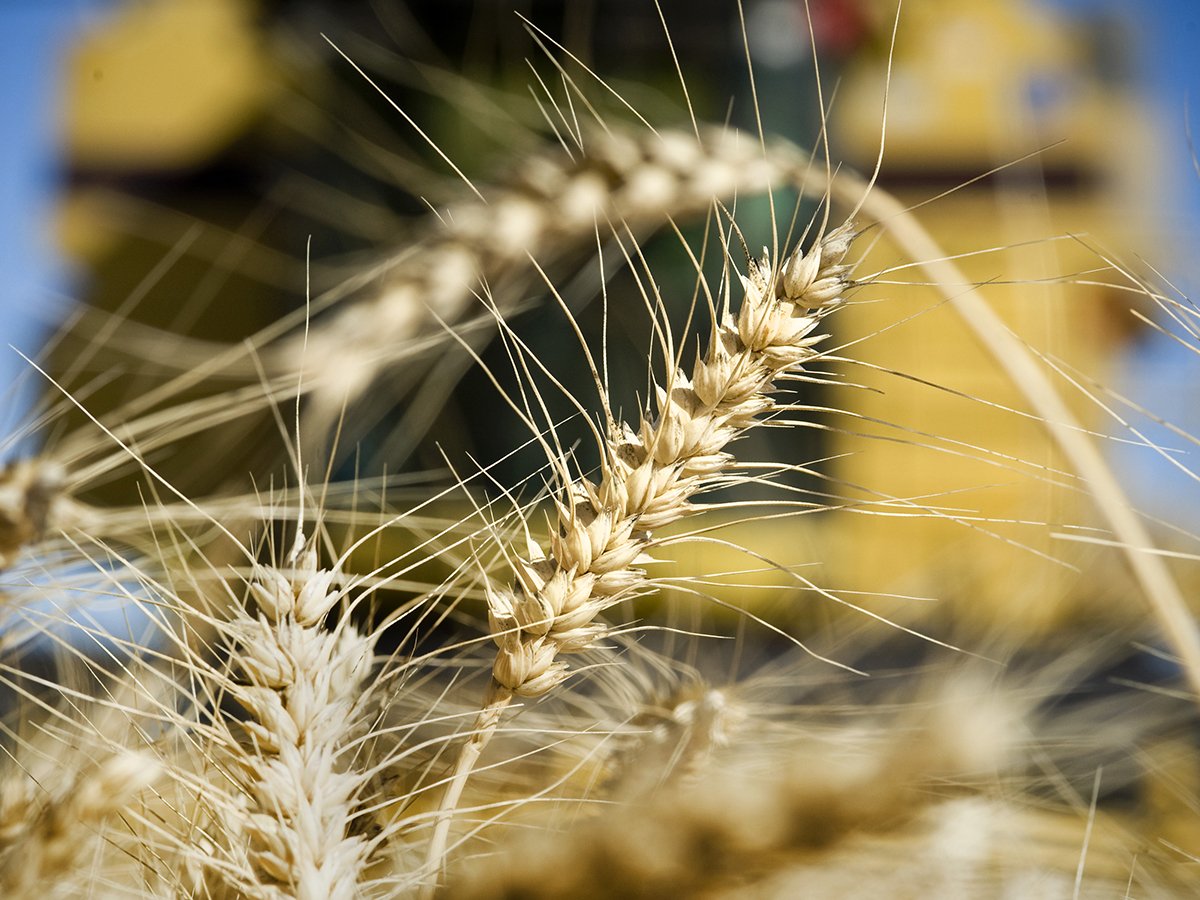The Prairie Agriculture Machinery Institute has asked farmers for
techniques they have used to get crops out of the snow and into the bin.
PAMI will continue to take calls at 800-567-7264 on new ideas and will
keep an updated listing on its website accessible at www.
producer.com by clicking on news links.
The following ideas have been used by farmers, but not tested by PAMI:
Getting swath out of the snow
- Sund, McCoy Renn and the Manitoba-made Elmer’s Bean pickups worked
Read Also

European wheat production makes big recovery
EU crop prospects are vastly improved, which could mean fewer canola and durum imports from Canada.
well.
- Running the windrow through a round baler with the hatch open and
combining directly behind worked well in cereal crops.
- A wheel rake or swath turner may work to roll the windrow out of the
snow if the swath is not frozen down.
- Mounting an air reel fan or air seeder fan on the combine pickup can
blow out loose snow; driving the fan is a potential problem.
- A straight-cut header could be used to cut the swath that is frozen
to the ground.
Baling oats and barley swaths
- Balers with enclosed chambers worked best to get the straw and grain
into a round bale.
- Check green/frozen crops for nitrates; may need to blend with other
forages.
Flax
- Flax seems to winter much better than canola because it will not
shell out as quickly.
Minimizing ice chunks
- If temperature is below Ð8 C, loose, fine snow seemed to blow out and
icing is reduced.
- If warmer, ducting the engine exhaust into the cleaning fan was
tried. Fumes could taint the grain so monitor carefully.
- Lower humidity reduces ice buildup. Early morning or late evening
combining worked best.
- Screens on the grain-cross auger and grain elevator door help remove
ice and snow.
Removing ice chunks
- Use a rotary screen cleaner with the wheat-sized screen. Good success
found with the Quick Clean, SnoCo, Farm King and Forever grain
cleaners. Use larger screens to let the canola through but catch the
ice chunks; fine canola screen tends to ice up.
Grain dryers to reduce moisture
- Batch-type dryers were used. Major problems are bridging and air
channeling through drier areas of grain. Watch temperatures to avoid
hot spots.
- Screenless continuous-flow dryers such as the Vertec also had some
success.
- Re-circulating batch dryers such as GT and Moridge are equipped with
agitators that help prevent moist grain from bridging. Check air
screens between batches for material buildup that will reduce airflow,
causing longer drying times.
- Cost of propane used for drying grain is reported to be between 50
cents and $1 per bushel.
- Grain with high moisture content may have a tendency to freeze into a
large block or start to heat, so the ice and snow should be dealt with
before binning.















